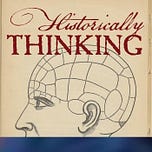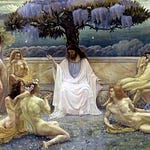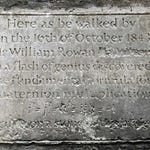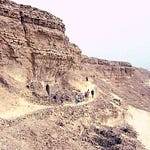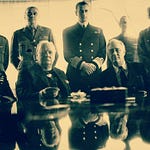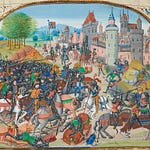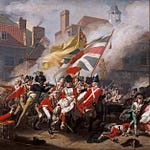Originally published on December 27, 2021 (Episode 239)
Introduction
This episode in our year-long series on the skills of historical thinking turns to one of the simplest—and most contentious—of them all: change and causality. Defined in the form of a question, it asks: What has changed, and why?
It’s the skill that lets us recognize, trace, and sometimes explain notable shifts over time. More importantly, it forces us to account for multiple causes rather than falling back on neat monocausal explanations. (Faithful listeners know that monocausal explanations are very, very, very bad.)
To explore the question, I’m joined by two returning guests: Pamela Crossley, Charles and Elfriede Collis Professor of History at Dartmouth College, who last appeared to describe the role of Central Asians in shaping the modern world; and Suzanne L. Marchand, who joined us to explain why porcelain mattered so deeply in European history.
About the Guests
Pamela Crossley is Charles and Elfriede Collis Professor of History at Dartmouth College. A leading historian of modern China and Inner Asia, she is the author of numerous books including Hammer and Anvil: Nomad Rulers at the Forge of the Modern World (Rowman & Littlefield, 2019).
Suzanne L. Marchand is Boyd Professor of History at Louisiana State University. A historian of European intellectual life, she is the author of Porcelain: A History from the Heart of Europe (Princeton University Press, 2020) and German Orientalism in the Age of Empire (Cambridge University Press, 2009).
For Further Investigation
R.F. Atkinson, Knowledge and Explanation in History: An Introduction to the Philosophy of History (Cornell, 1978)
Marc Bloch, The Historian’s Craft (Vintage, 1992 [original 1949])
William H. Sewell, Jr., Logics of History: Social Theory and Social Transformation (University of Chicago Press, 2005)
Aviezer Tucker, ed., New Contributions to the Philosophy of History (Springer, 2010)
💬 Listen & Discuss
What’s the best historical example of “change and causality” you’ve encountered—one that shows how complex explanations can be? Share your thoughts in the comments, and pass this episode along to a friend who enjoys thinking about how history actually works.

